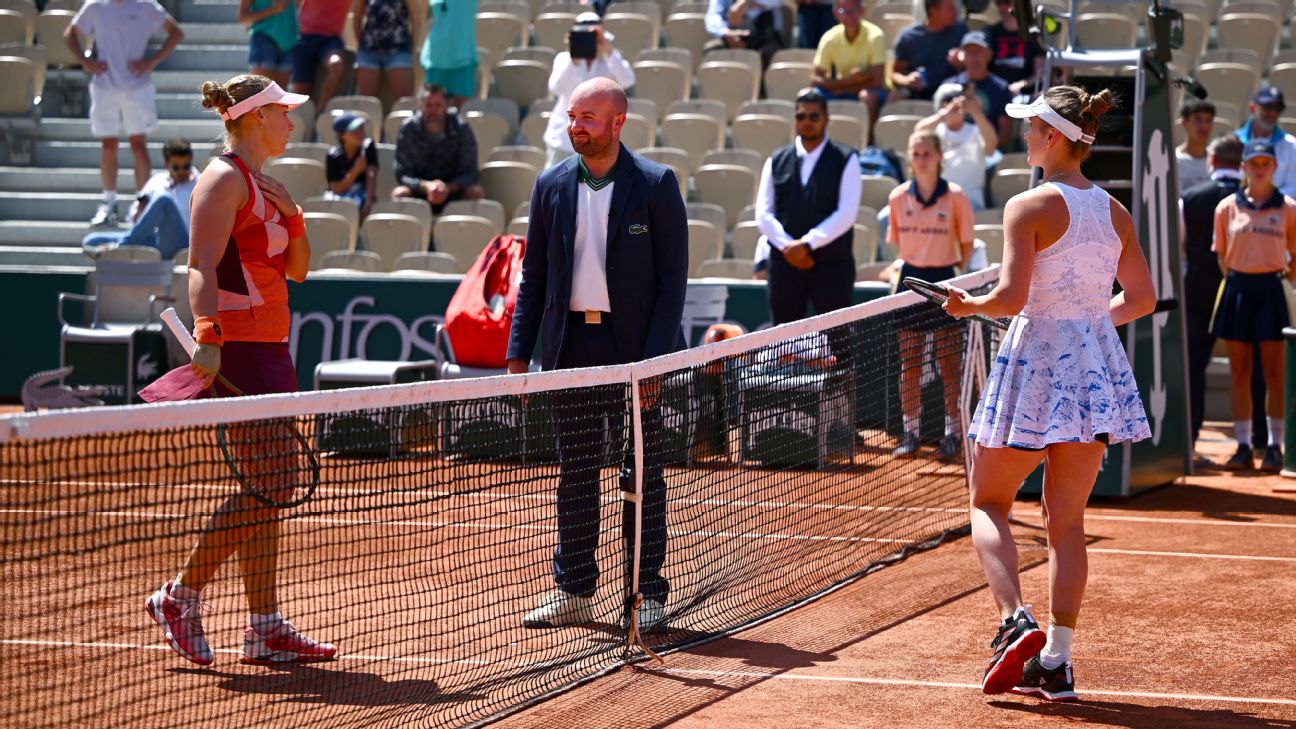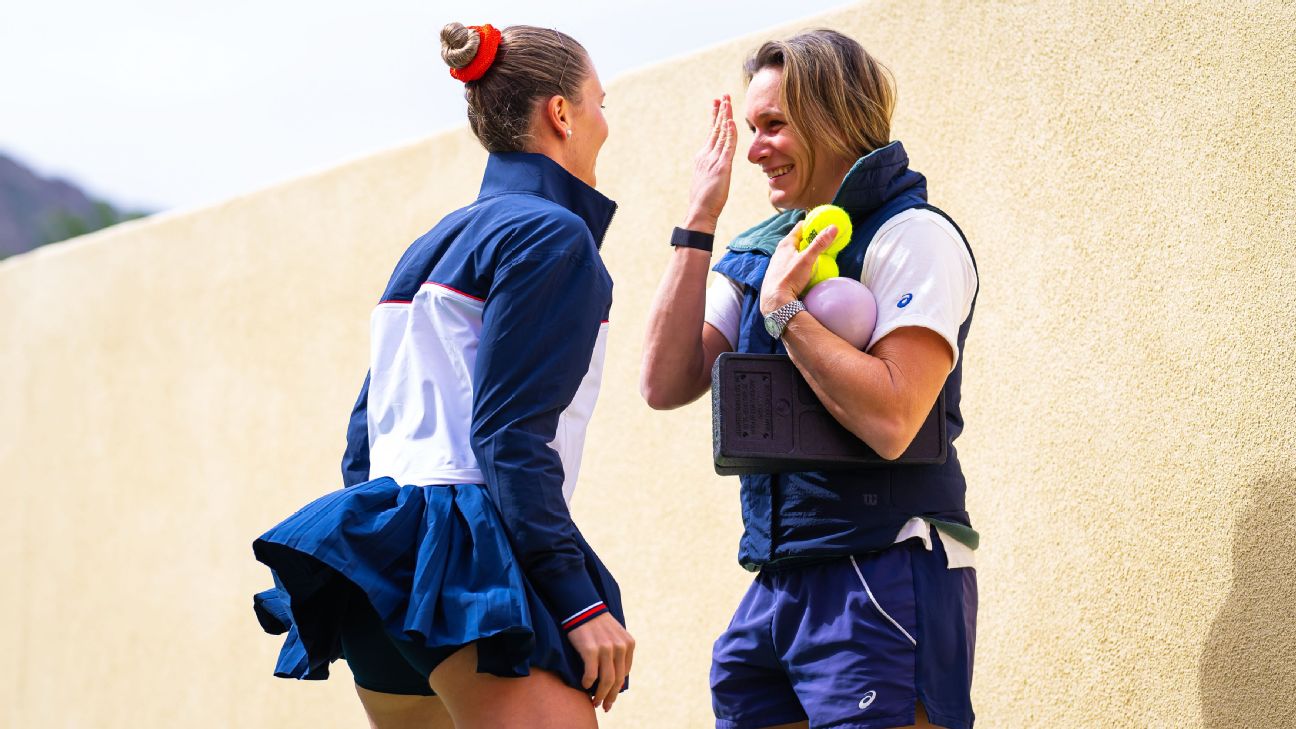The Strategic Dilemma: To Serve or Receive First in Professional Tennis
Explore the strategic decisions professional tennis players make during the coin toss, whether to serve or receive first, and how it impacts their game.

In the world of professional tennis, the coin toss is a moment that holds significant strategic weight. The winner of the toss must decide whether to serve or receive first, a decision that can set the tone for the entire match. This choice is not made lightly, as it can influence the psychological and tactical dynamics of the game.
The Psychological Edge
Brad Gilbert, a former world No. 4 and renowned coach, emphasizes the psychological advantage of choosing to receive first. In his book Winning Ugly, Gilbert argues that if a player chooses to serve and loses their serve early, they are immediately on the defensive. Conversely, choosing to receive allows a player to gauge their opponent's serve and potentially break early, gaining a psychological edge.
Player Preferences and Tactics
Top players like Novak Djokovic have evolved their preferences over time. Djokovic, who initially favored receiving, now opts to serve first, believing it sets a confident tone and sends a strong message to his opponent. On the other hand, players like Jodie Burrage prefer to receive, using the first game to assess their opponent's serve and ease into their own rhythm.
Surface and Conditions
Court surface and weather conditions also play a crucial role in this decision. On clay courts, where the surface slows down the ball, players might prefer to receive first to exploit any early errors from their opponent. In contrast, on faster surfaces like grass, serving first can be advantageous, allowing players to capitalize on their serve-and-volley game.
Statistical Insights
Analysis of recent Grand Slam tournaments reveals interesting trends. In the early rounds, a majority of players choose to receive first, aiming to break their opponent's serve early. However, as the tournament progresses, the ratio of players choosing to serve first increases, reflecting a shift in strategy based on match experience and confidence.
The Unconventional Choice
Some players, like Marin Cilic, have experimented with letting their opponent choose first. This unconventional tactic can be a psychological maneuver, potentially unsettling the opponent and disrupting their pre-match routine.
Conclusion
The decision to serve or receive first in a tennis match is a nuanced one, influenced by a variety of factors including player psychology, surface conditions, and tactical considerations. While there is no one-size-fits-all answer, understanding the rationale behind these choices offers a fascinating glimpse into the strategic depth of professional tennis.






